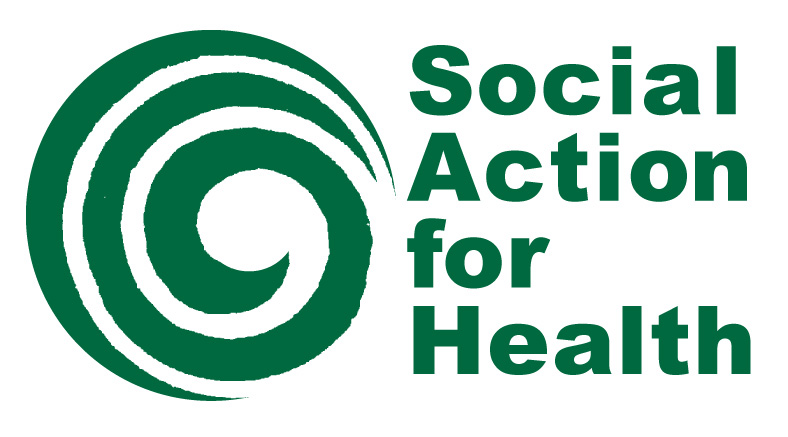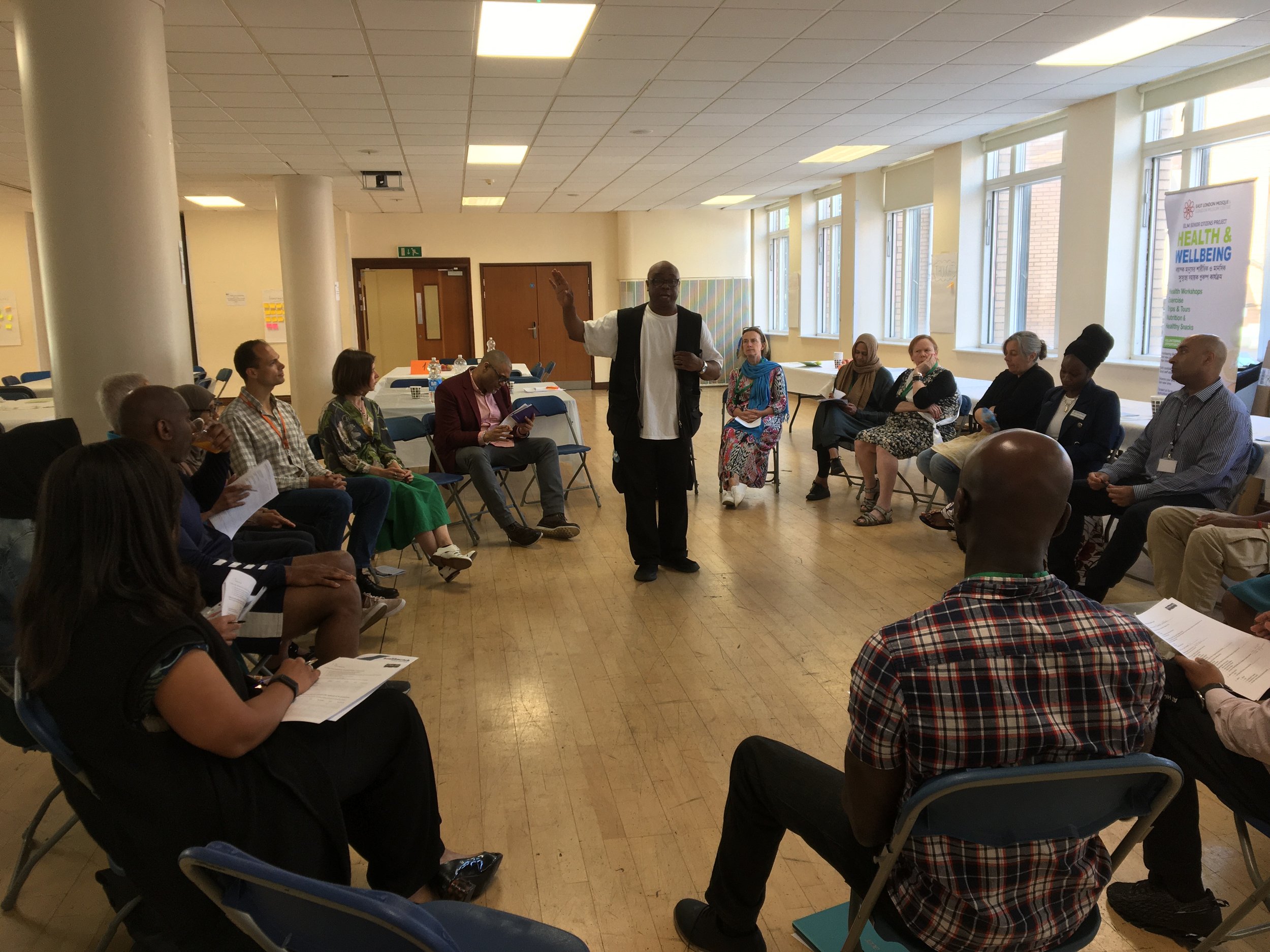Big Conversation on BAME Men’s Mental Health and Wellbeing
On Wednesday 15th June, we held a successful large-scale engagement event at the London Muslim Centre focused on the shaping of services and support to improve the mental health and wellbeing of Black, Asian, and Minoritised Ethnic (BAME) men.
Our Big Conversation developed directly from our other engagement work in the community, where BAME men’s poor mental health during and after COVID-19 lockdown emerged as a constant theme. Alongside this, much doubt was expressed whether men would come forward to discuss their own mental health or reflect publicly on wider issues.
In publicizing the event, many other community organisations and services described difficulties engaging with this cohort on this topic; they told us we were “very brave” to be attempting a large-scale event and told us to expect no one to turn up. Individuals too, used words and phrases like “too shameful”, “stigma”, “taboo”, “no one wants to acknowledge what is happening” and “good luck with that!”.
With the courage of our conviction that it would be a useful starting point to plan our future work in this area, even if a few people attended, we finalized caterers and confirmed speakers whose role was to spark conversation and discussion. We arranged language-specific facilitators (Bengali and Somali) to host participants as well as having exclusively male and female tables.
Our first speaker was Mr Day Njovana, the Borough Director of East London NHS Foundation Trust for Tower Hamlets. Day shared his personal experiences of struggling with his mental health after the passing of his mother and his journey toward seeking support.
Our second speaker, Mr Sam Ogunkoya, then talked about his experience as a BAME People Participation Worker at East London NHS Foundation Trust and how he and his team ran a series of “Let’s Talk” focus groups with the local BAME male community. Sam addressed some of the issues and barriers which have prevented BAME members from accessing mental health services and presented the team’s findings and suggested next steps.
With lots to digest and reflect on, we broke into table discussions. Each table was asked to consider what mental health services and the NHS could do to improve access for BAME men, as well as reflect on and share their own experiences. The room buzzed with discussions and our facilitators noted the comments and suggestions.
Conversations were paused for our next speaker, Mr Abdul Qayum, Head Imam at East London Mosque. Abdul communicated how mental health can be seen as a taboo topic within the community and reflected that it is important to consider both faith-based and medical approaches when supporting community members that experience difficulties with their mental health.
The last of our key speakers, Mr Jama Omar then introduced himself firstly as a member of the community and secondly as the Managing Director of the Somali Senior Citizen Club. Jama suggested that society’s approach to mental health needs to change; how we accept physical ill-health, for example when a person is suffering with a bad knee, but that there is stigma and judgement when a person is suffering with their mental health.
“I really found the speakers sharing their experiences, found their stories to be an inspiration. We need more people to be open and welcome this type of conversation.”
In the next round of table discussions, the groups were asked to consider what the community could do to support BAME men with their mental health and wellbeing. Each table was invited to share something from their discussions with the room.
As the time for prayer approached, we took a break. Some attendees left to use the prayer facilities at the East London Mosque, while those who remained participated in an interactive workshop led by Outside Edge Theatre Company. On their return, a free halal lunch was served. Conversations and networking continued while lunch was eaten.
Overall, 54 men from the BAME community attended (making up 61% of the audience) and we have been thrilled by the great response and feedback from the event as well as suggestions for how we should take this work further:
“[This] was so exciting and inspiring, and so many things to think about. I felt so energised!”
“This was brilliant”
“I would like to see easier ways to access services, perhaps have hubs in community centres. Workshops in places of worship. Community leaders to have services to 'check-in' on service users. Mental health via workshops.”
Over the coming months we will build on the comments, suggestions, and themes discussed and begin developing services and support that address the needs which were identified at the event.
We would like to say a huge thank you to everyone who helped make this event possible, and a special thank you to our community members who came and shared their thoughts. Let’s get to work!
If you would like to share your reflections from the event, or your ideas on how we can take this work forward, please fill out this short feedback form.







